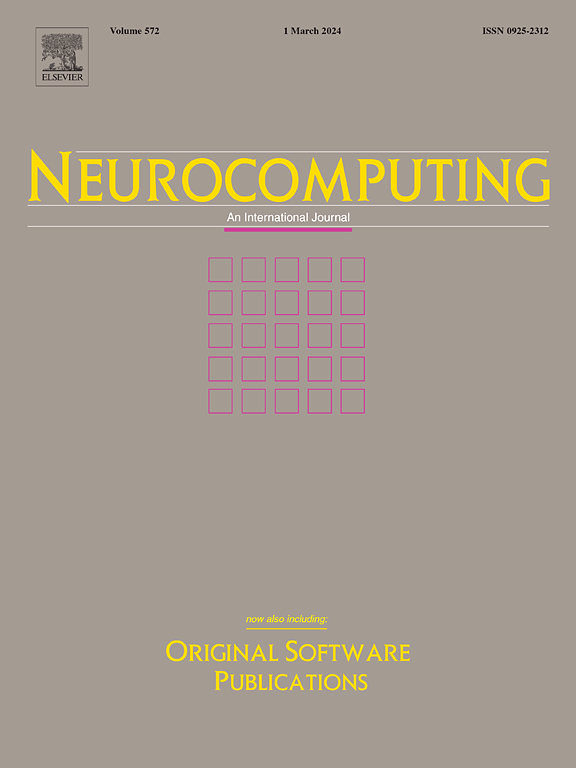HDCPAA: A few-shot class-incremental learning model for remote sensing image recognition
IF 5.5
2区 计算机科学
Q1 COMPUTER SCIENCE, ARTIFICIAL INTELLIGENCE
引用次数: 0
Abstract
In the scene of remote sensing image (RSI) recognition, it is difficult to obtain a sufficient number of samples for training all categories at once. A more realistic situation is that the recognition task occurs in an open environment, with categories gradually increasing. Additionally, due to the difficulty of collecting certain data, there are only a few samples for each new category. This leads to the problem of few-shot class-incremental learning (FSCIL), where the model learns incrementally and the number of samples for incremental classes is very small, generally only a few, while the number of samples for base classes is relatively large. To address this, this paper proposes a model framework for FSCIL of RSIs, called HDCPAA. The model is mainly divided into three parts. The first part is the feature extraction network, which is pre-trained on the base classes and then its parameters are frozen in subsequent incremental learning to alleviate catastrophic forgetting of the base classes. The second part is a fully connected layer, which transforms the prototypes of each category into quasi-orthogonal prototypes to increase the distance between the prototypes. The third part is the prototype adaptation attention module, which adaptively updates prototypes and query vectors using attention mechanisms. The training process of this module is based on the meta-learning of pseudo-incremental classes. Experiments on two popular benchmark RSI datasets, MSTAR and NWPU-RESISC45, show that our model significantly outperforms the baseline models and sets new state-of-the-art results with remarkable advantages. Our code will be uploaded at: https://github.com/lipeng144/HDCPAA.
求助全文
约1分钟内获得全文
求助全文
来源期刊

Neurocomputing
工程技术-计算机:人工智能
CiteScore
13.10
自引率
10.00%
发文量
1382
审稿时长
70 days
期刊介绍:
Neurocomputing publishes articles describing recent fundamental contributions in the field of neurocomputing. Neurocomputing theory, practice and applications are the essential topics being covered.
 求助内容:
求助内容: 应助结果提醒方式:
应助结果提醒方式:


